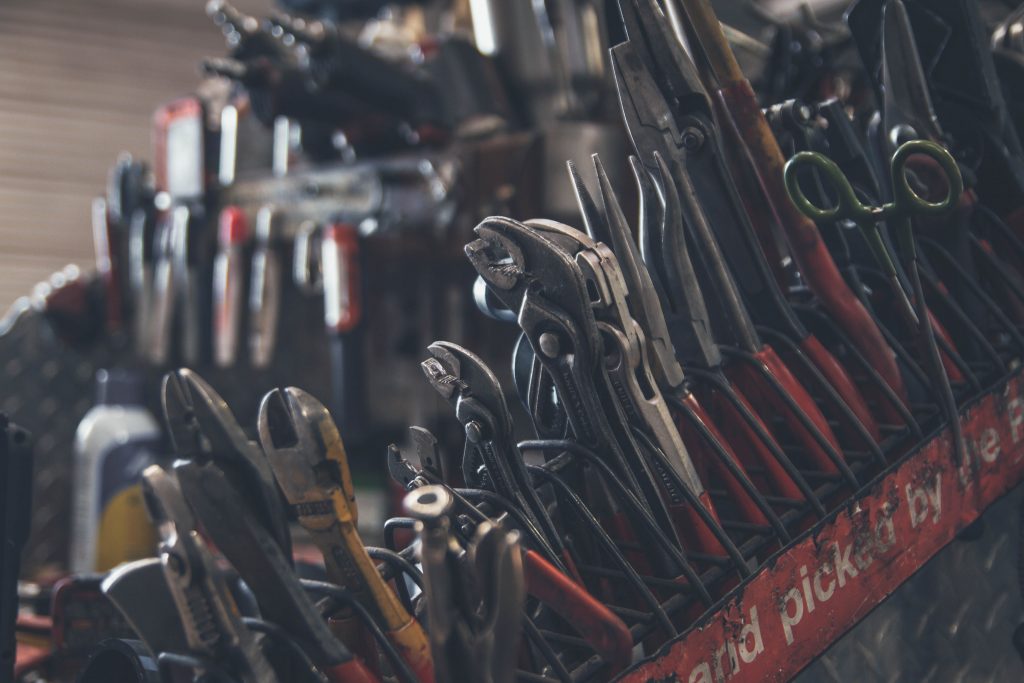With hope for a sooner than later cure for COVID-19, people around the world have been adapting their lives to ensure the safety of themselves and those around them.
Athletes, students, artists, and business people alike have made collective safety their first priority, and we’ve all committed to finding new routines from home.
Our homes, however, don’t seem to share our dedication. Plumbing emergencies and time sensitive repairs haven’t kept their distance, and tradesman remain available for house calls to keep your family safe and your space functional. To approach these projects with the same commitment to safety for yourself and the tradesman, there are a couple extra steps you should take.
Timing Is Still Everything
Understand the nature of your project, whether it’s an urgent repair that will become unmanageable or a dream renovation you’re itching to begin. Consider also the location of the project: will it require multiple tradesman to work in a confined space, or could the tradesman complete the work while maintaining their personal distance?
Projects for which tradesman are available differ by area and organization. The first step is to research guidelines from your municipal government. Local laws are designed according to the severity of the virus in your area, and they’ll give you an idea for how to think about the work you need done. Still, some companies are restricting their availability further than what’s required. It’s best to be transparent about your needs with your tradesman company, and hear from them what kind of work they’re taking at the moment.
If you are self-isolating due to symptoms or recent travel, it’s imperative that you postpone the project at all costs.

Protection is the Name of the Game
In the spirit of open communication with your tradesman company, you should inquire about their safety protocols. Ask if there have been any cases in the company, if they’re testing their employees for symptoms, and how they’ve invested in protective gear for their tradesman.
Don’t hesitate to ask for flexibility with their schedule, and try to negotiate a time for them to come while you’re not home. Your vacancy is in the best interest of you and the tradesperson. Go with the company that displays a well-rounded understanding of the situation, and the willingness to collaborate with you to ensure the safest situation for all involved.
Before the tradesman arrives, it’s your turn to contribute. Begin by disinfecting the area they’ll be working on, including the surfaces and any materials they might use. Engineer a way for them to move in and out of their work space without having to come into contact with anyone. Show them where they can wash their hands, and consider having disinfectant available to them as they work. Think ahead of time about a contactless payment strategy you can offer. If possible, avoid going in the work area until the job is done.
Perhaps most importantly, make sure your tradesman is insured. Without insurance, you’re liable for any accident or harm that happens on your property. The risk of illness adds a significant degree of complexity. If the tradesman does develop symptoms, you’ll want to be sure that you won’t be held accountable and that the tradesman will receive the support that he or she needs.
The Underwriting Director for Tradesman Saver, Darragh Timlin, explains: “The two types of insurance that are absolutely non-negotiable are public liability and employer’s liability.” The combination of the two will protect you and the tradesman from any mishaps at your work site.
By asking the right questions and spending the time to make the visit as safe as possible, you can continue to work with quality tradesman to keep your space tuned up and functional. Learning as much as you can about the process is your best bet. Simply by reading this article, you’ve taken a step in the right direction.